There’s a moment in every marathon where you start to make deals with yourself. Usually, it’s around the 30km mark, right when the euphoria of a strong first half has become a vague memory; your legs are wobbling on a decline, steadily keeping the cadence to stick the landing. That’s the point where your mind starts the negotiations.
The offer is always the same, no matter when it hits: ease up now, and the foot ache will subside. Take it or leave it. Most people take the deal.

But with Sydney’s first Marathon Major in 2025, Australia’s budding athletes didn’t train for six months and spend $250 on an entry fee to ease up at the business end of the stomp. Luckily for Sydney’s avid runners, ASICS released the latest METASPEED to add to the rotation, and they’re built to go the full (42.195km) distance.
Choosing Between METASPEED SKY and METASPEED EDGE for the Sydney Marathon
The TCS Sydney Marathon presented by ASICS is unlike any other race in Australia. Not only was this year the first edition as the seventh Abbott World Marathon Major, but this is a course that gives you stunning coastal light, long city straights, and a few inclines that can drain you if you haven’t trained smart. That’s why picking the right shoe for this kind of profile matters.
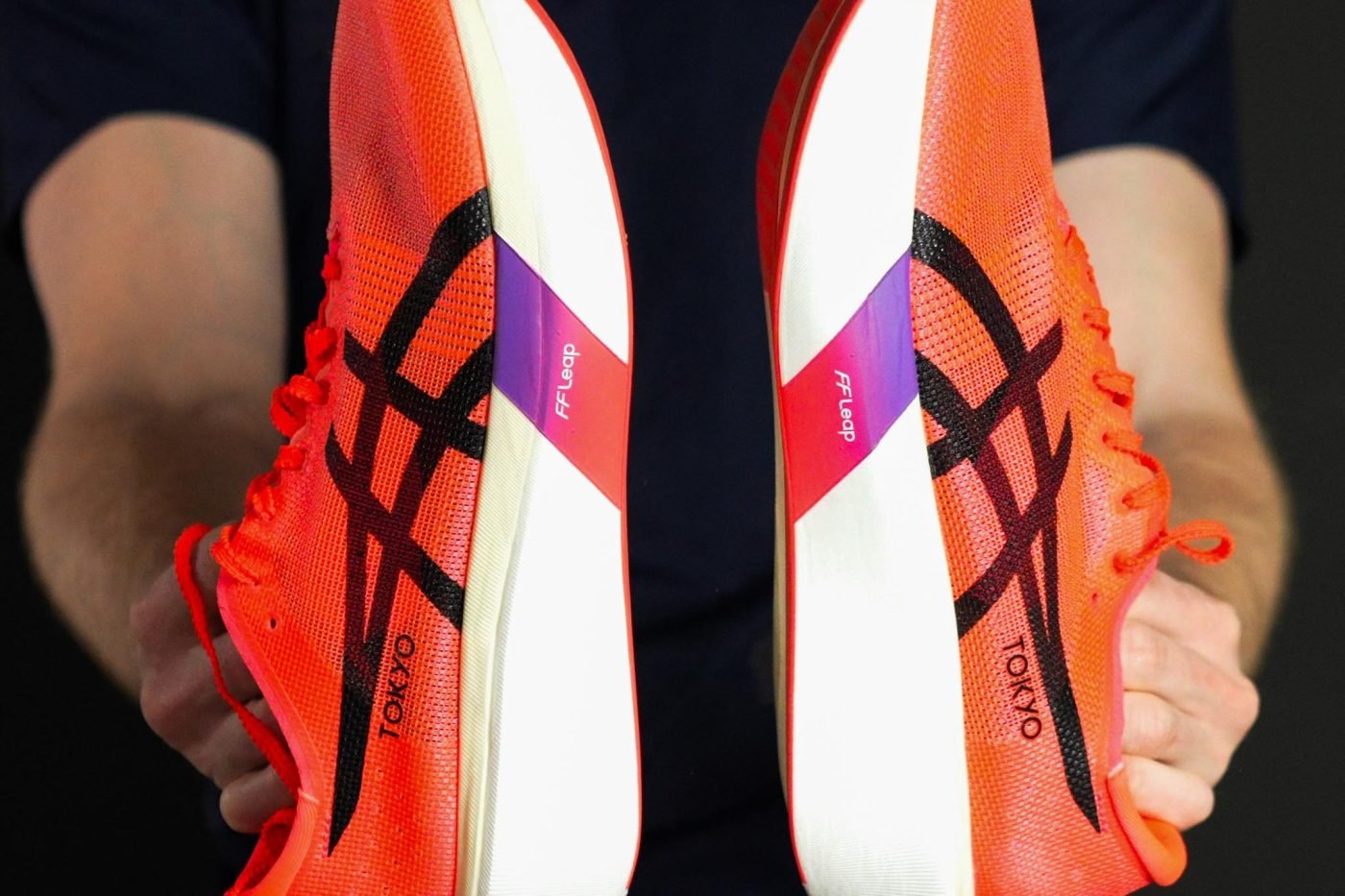
The first release from ASICS, the METASPEED SKY TOKYO is built for stride-style runners; those with a naturally longer step, who cover more ground with fewer, more vertical movements. Think of the big-lung athletes you see bounding along in training, seemingly lingering slightly with each step. One for the tall boys, perhaps.
The METASPEED EDGE TOKYO is the opposite: for cadence runners who rely on fast, efficient turnover. They don’t bounce; they slice forward quickly, like regular metronomes in motion, ticking off ks with a regular beat.
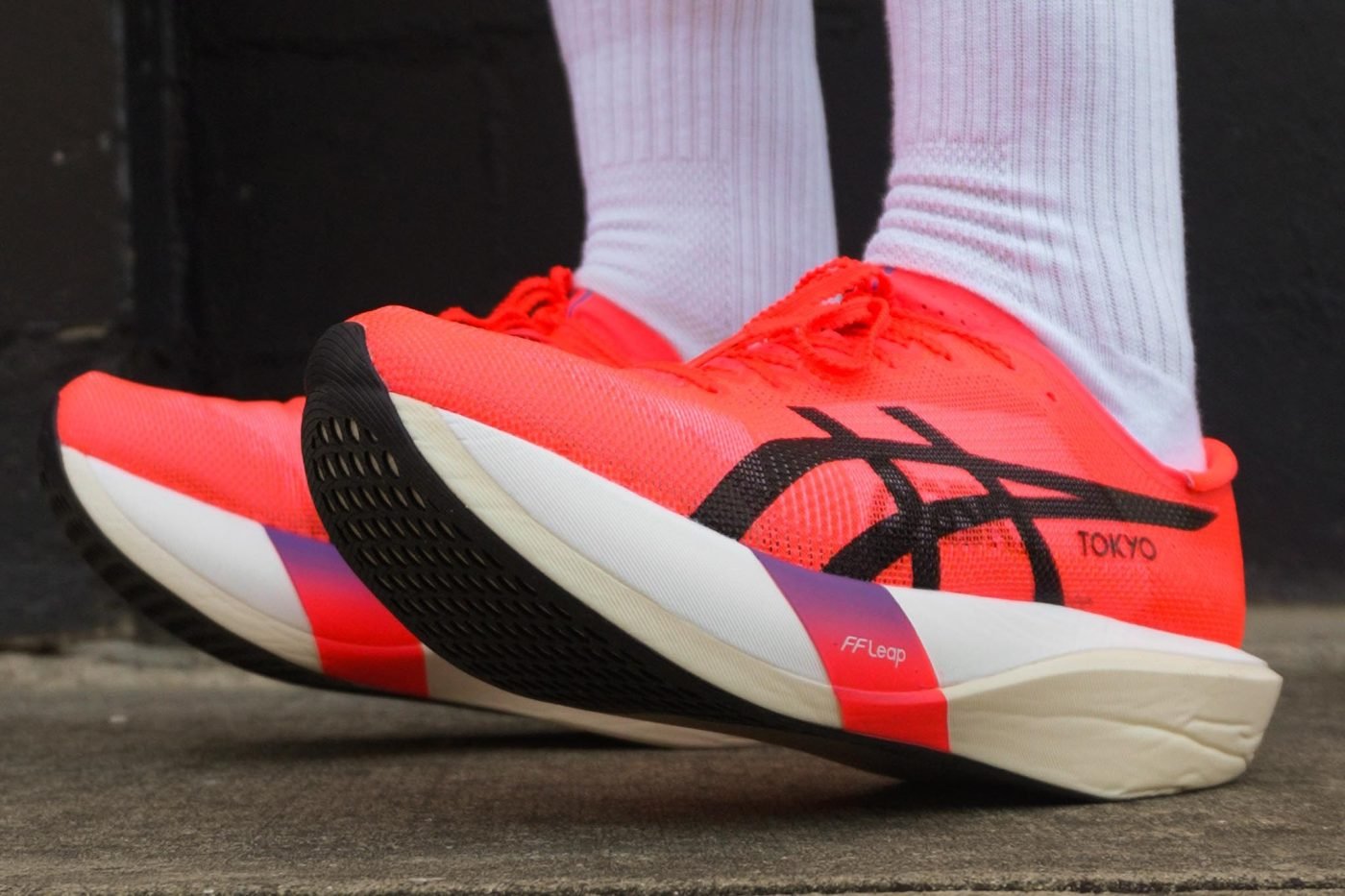
If you’ve never really analysed your running style, you’re probably in the cadence camp. If your run club mates tell you you’re gliding at 5am, you’re likely in the stride crew. Knowing which camp you’re in is the first step towards picking the right METASPEED.
What’s Changed From the Previous METASPEED Series?
The original METASPEED models were already some of the fastest carbon-plated shoes money could buy. We loved them, of course. And the latest TOKYO editions for 2025 are already more than just a fresh paint job. The SKY and EDGE delivered a proper upgrade, just in time for the first Major. I should know: I posted a PB in them this year.
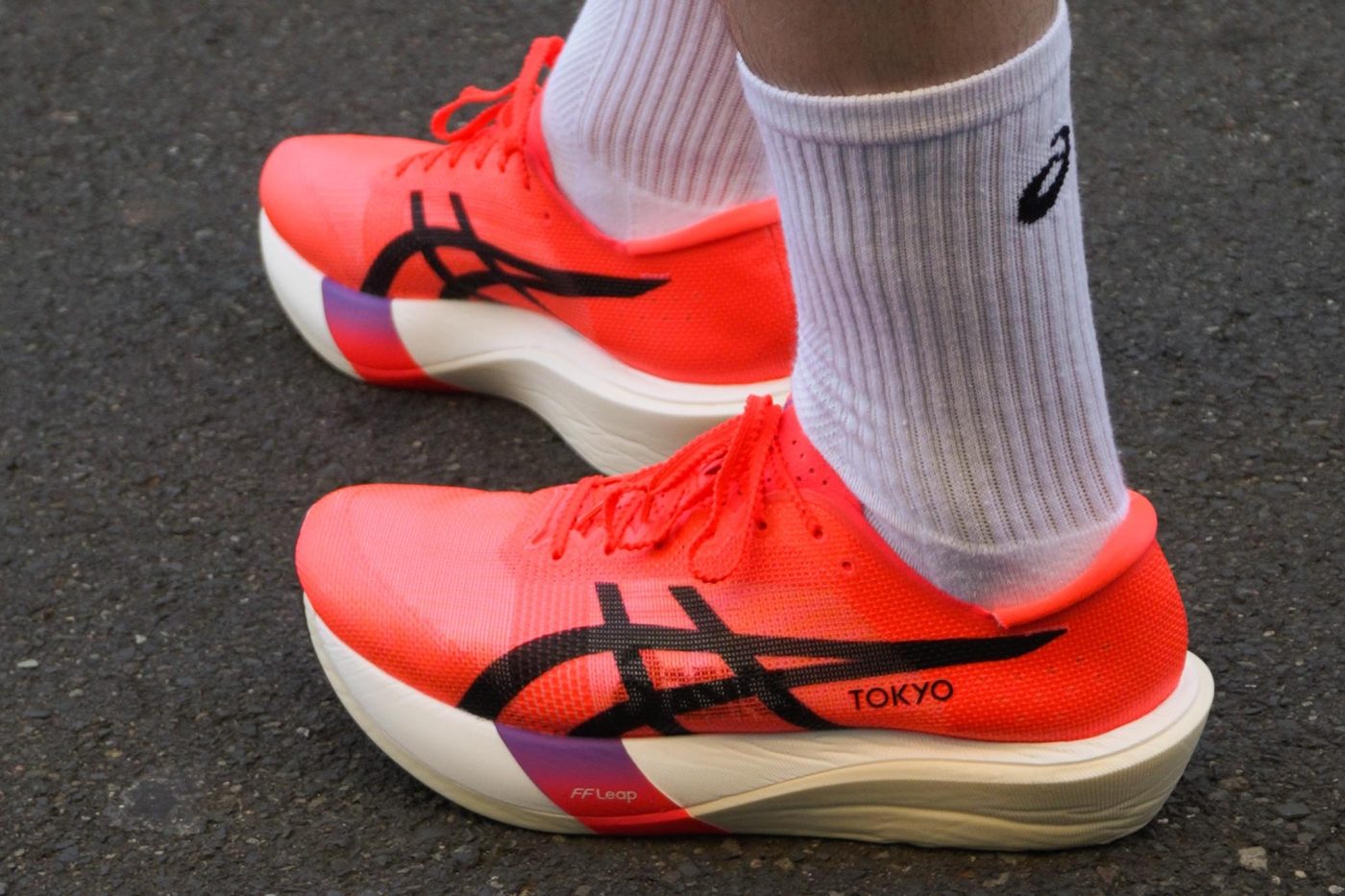
The first big shift is the introduction of ASICS’ new FF LEAP foam. It’s lighter and bouncier than before, and ASICS has been smart about where it’s placed. In the SKY, it sits in the bottom layer of the midsole, giving more vertical propulsion and cushioning to lengthen your stride.
Longer strides mean fewer total steps through a race, which means less fatigue and more efficient running. For marathon runners, shaving minutes off your time without working harder? That’s called working smarter.
In the EDGE, it’s flipped to the top layer, giving a more responsive feel underfoot for quick turnover and helping to stabilise each step. That placement gives a snappier, more responsive feel underfoot.
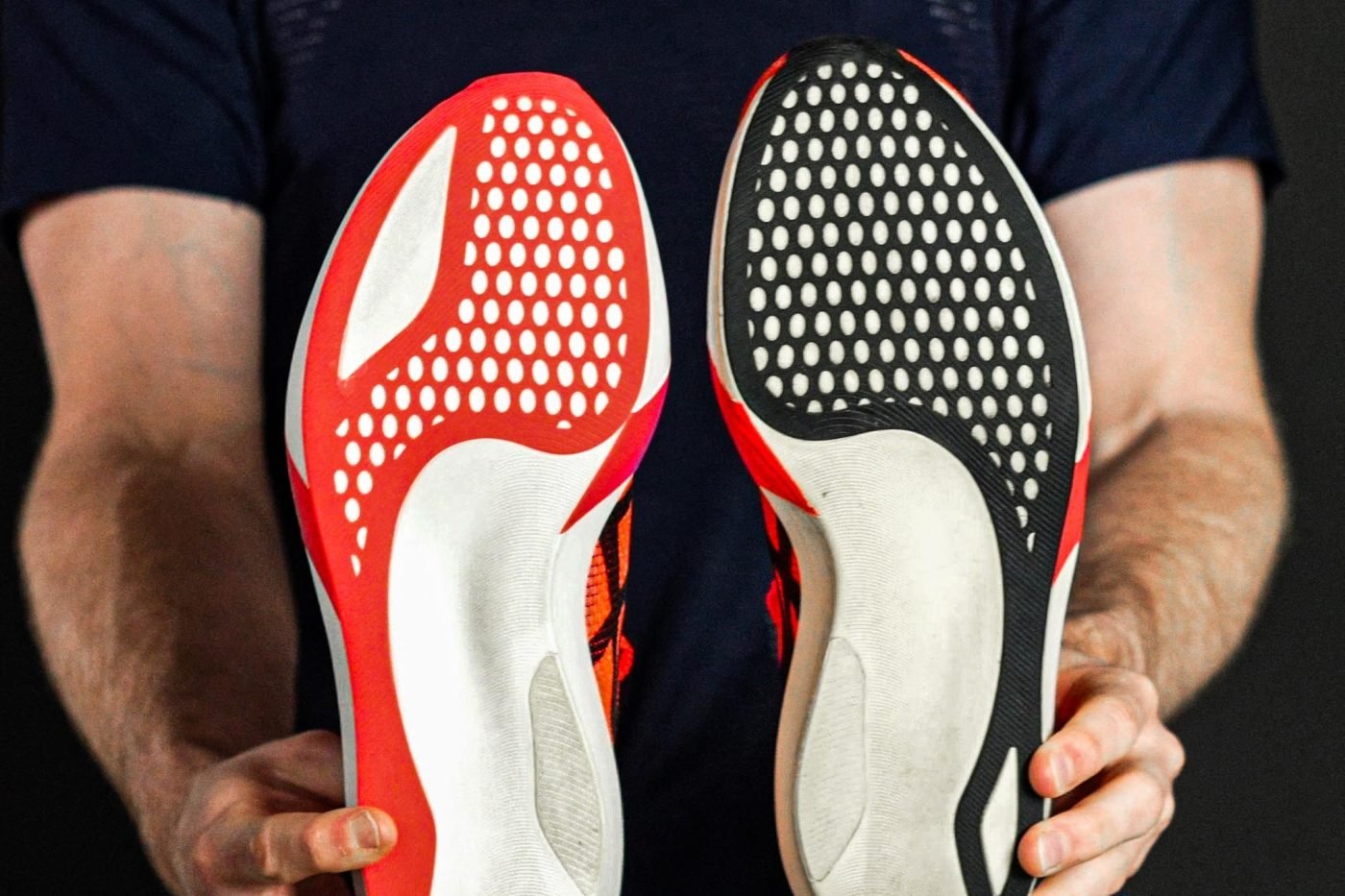
For Australian runners chasing faster times, that means quicker turnover of strides and better cadence without losing form or control.
It’s an essential hack towards the back half of a marathon, when fatigue sets in and your mechanics start to break down; a shoe that actively helps to centre and steady each landing can be the difference between holding pace or watching it slip away.

Then there’s FF TURBO PLUS foam, which makes up the other half of the midsole sandwich. In the SKY, this layer helps keep you steady when you land, so you can convert that energy back into forward motion. In the EDGE, it stops your heel from sinking at mid-stance. It’s a subtle but critical feature for keeping efficient cadence late in the race.
The carbon plate positioning has also been lowered to give the SKY a snappier release when you’re lifting off the tarmac. Subtle changes that will have a tangible difference on your next run… especially as you eat up the Ks and fatigue starts to kick in.
How the METASPEED SKY Performs on the Road
Putting the METASPEED SKY TOKYO through its paces on Centennial Park’s loop was a proper workout, even through Sydney’s disastrously wet winter. But after a few too many laps, I was starting to see the benefits.
For one, the shoe’s bounce made the long miles feel easier. Which, after running an unofficial half marathon through Sydney on a Saturday morning, was a welcome addition.
On the flats, I found it relatively easy to find a quick, steady rhythm and stay there, thanks to the SKY’s built-in cushioning, which softened the harsher parts of the route. It was certainly noticeable through these wetter mornings when the roads came up slippery and unpredictable. If you were chasing each other downhill during this year’s City2Surf, you’ll know exactly what I mean.

The METASPEED SKY managed to navigate any incline without any chance of burning out too soon, even when fatigue started creeping in around the 16km mark. But the real test for me will be towards the second half of a long run.
At 30km, the SKY still feels lively, which is exactly what you want when the marathon wall starts to loom. It’s built for runners who like to control the race with fewer, more powerful strides and still have a kick left when they hit Circular Quay and keep heading towards the nearest bar.
How the METASPEED EDGE Handles Marathon Pace
The METASPEED EDGE TOKYO is a very different beast entirely. If the SKY is all about bounding power, the EDGE is about precision and rhythm. From the first kilometre, it feels like the shoe is helping your feet turn over faster without extra effort. Over the Sydney course, that means you can maintain pace over the rolling sections without overstriding.
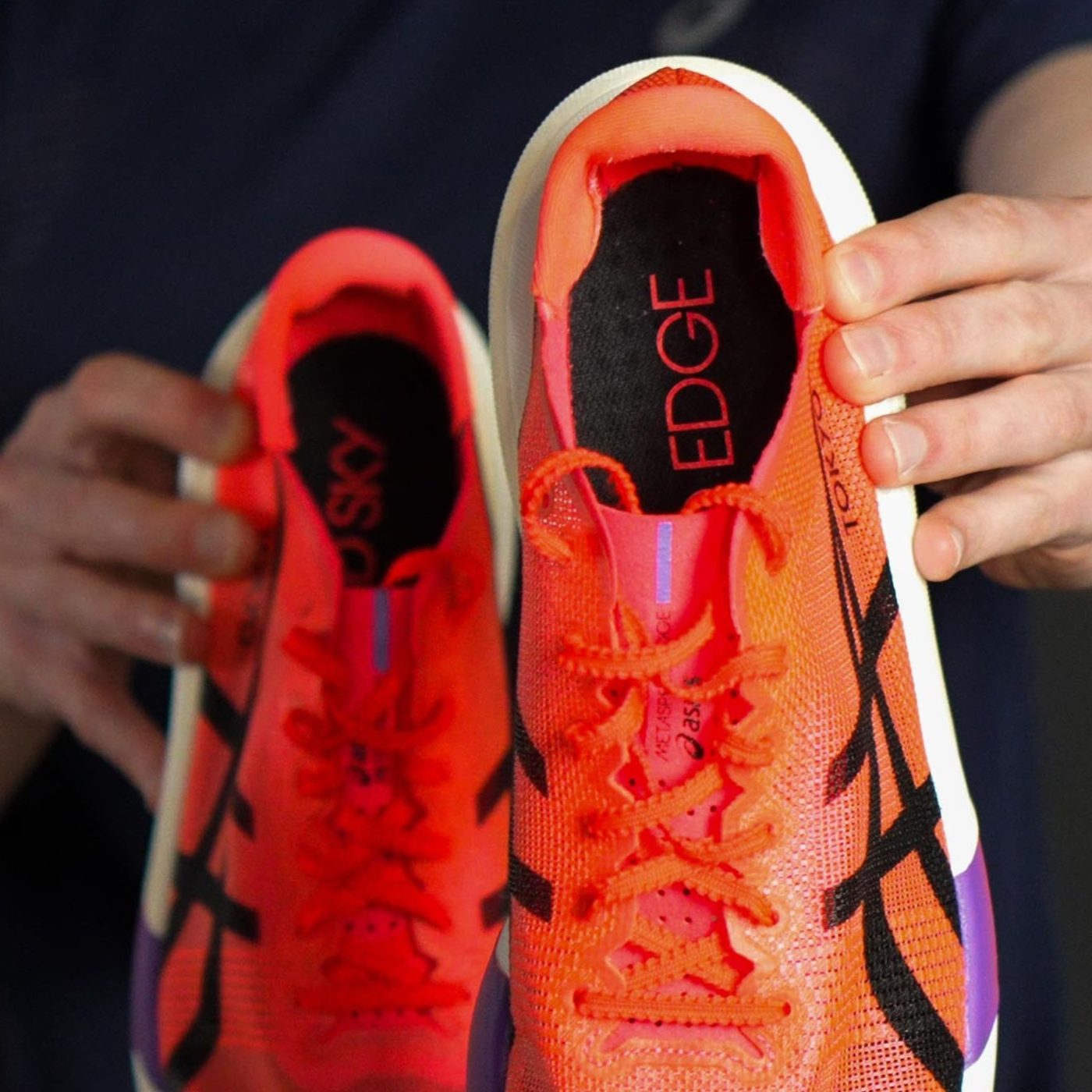
One of the big advantages of the EDGE is preserving form when you start to fade in the race. The lower plate position gives an immediate, snappy response underfoot, which keeps your cadence high even when your legs are screaming for a break.
I was struck by the overall stability I felt through the heel. There’s no wobble, no wasted energy. For runners who like to keep things economical, the EDGE makes it easier to hold pace through the city’s final kilometres.
Why the $380 Price Tag is Justified for Australia’s Marathon Runners
There’s no getting around it: $380 is a serious investment in a pair of running shoes. But for anyone taking Sydney’s first Marathon Major seriously, it’s also an investment in performance. You’re already committing months of training, early mornings, and race entry fees.
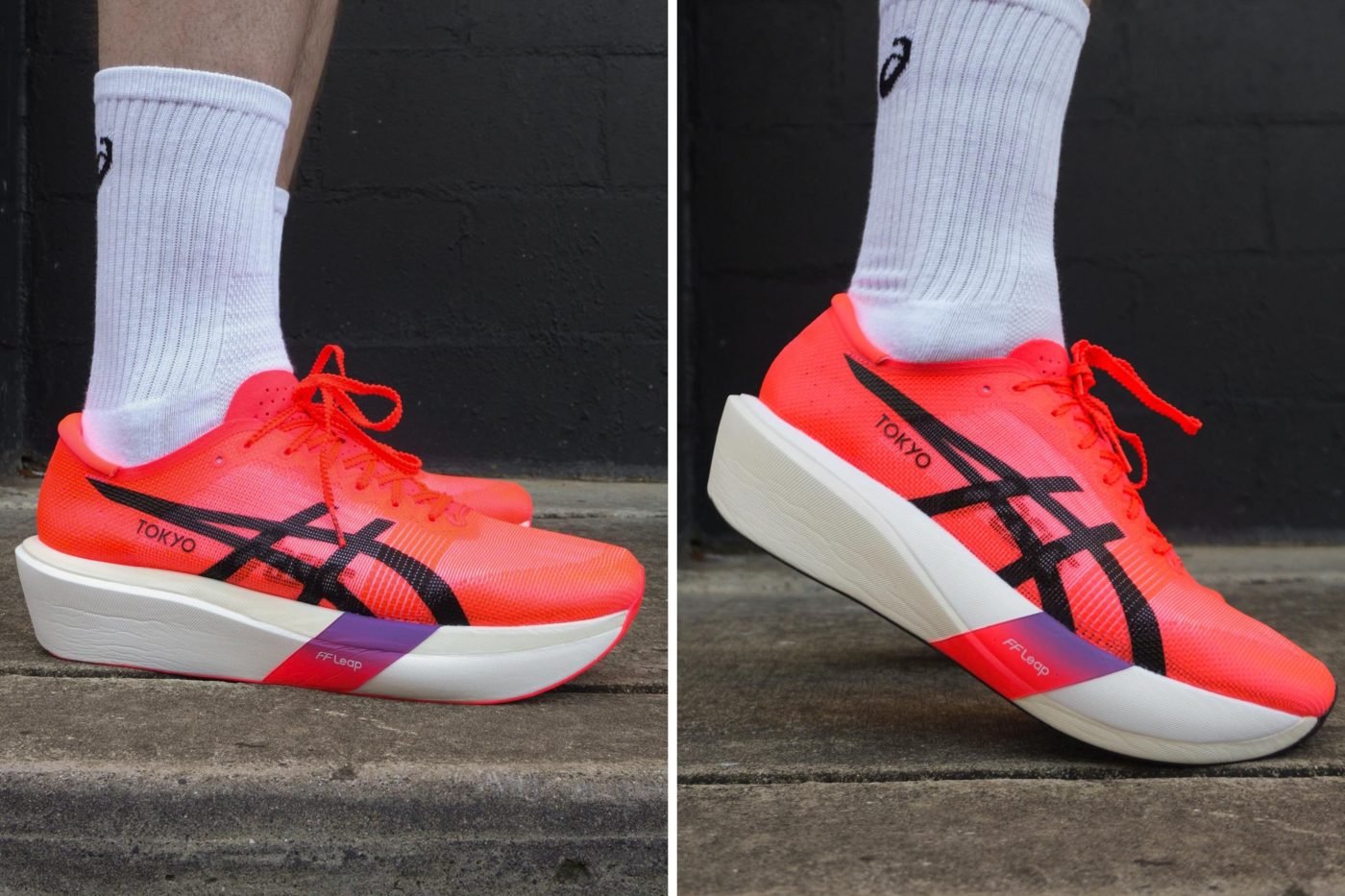
You wouldn’t fly to Tokyo and book a budget airline seat if you knew the upgrade would make the journey faster and more comfortable. That’s what the METASPEED SKY and EDGE are: a pre-marathon upgrade before you’ve even reached the starting line. This is the final piece of the puzzle.
Which METASPEED to Wear for Your Next Marathon
So, which one should you wear on for your next raceday? If you’re a stride runner with long steps, big bounce and comfortable holding pace without over striding, the METASPEED SKY TOKYO is built for you. The energy return and cushioning will keep you moving strong through the later stages, and it’s a secret weapon on both the flats and hills alike.
If you’re a cadence runner looking for quick turnover, efficient steps, to lock into pace and hold it, the METASPEED EDGE TOKYO will help you keep that rhythm.
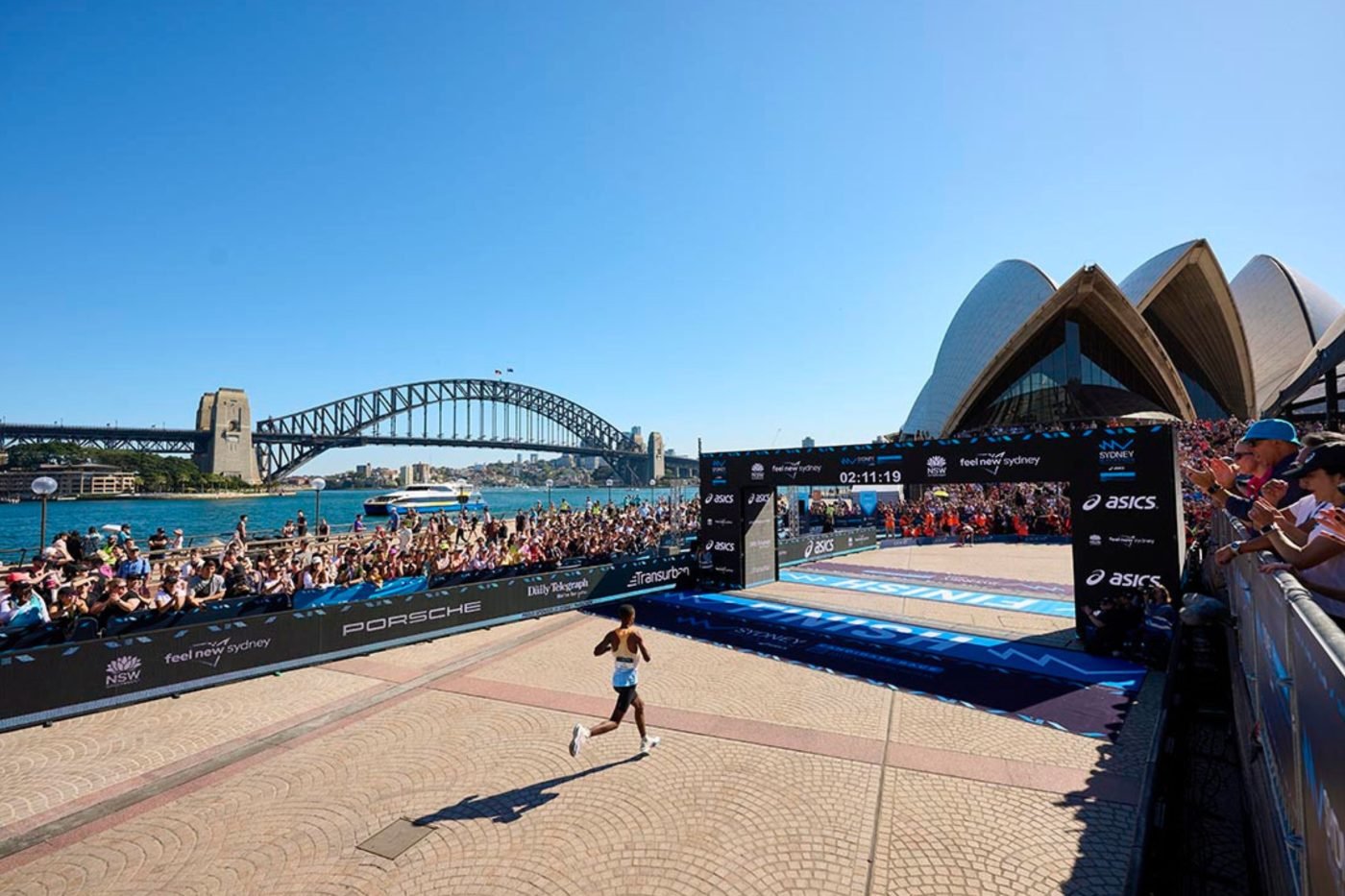
But let’s face it: Both will get you across the line faster than your current race shoes. Both will make the last 10km less of a fight and more of a controlled push. And both are proof that ASICS still make some of the best runners in a saturated Australian market.
Whether you go SKY or EDGE, lining up in one of these new METASPEED models gives you the best possible chance to run your best race, on the biggest stage Sydney has ever given its runners. And that’s worth paying for every time.

